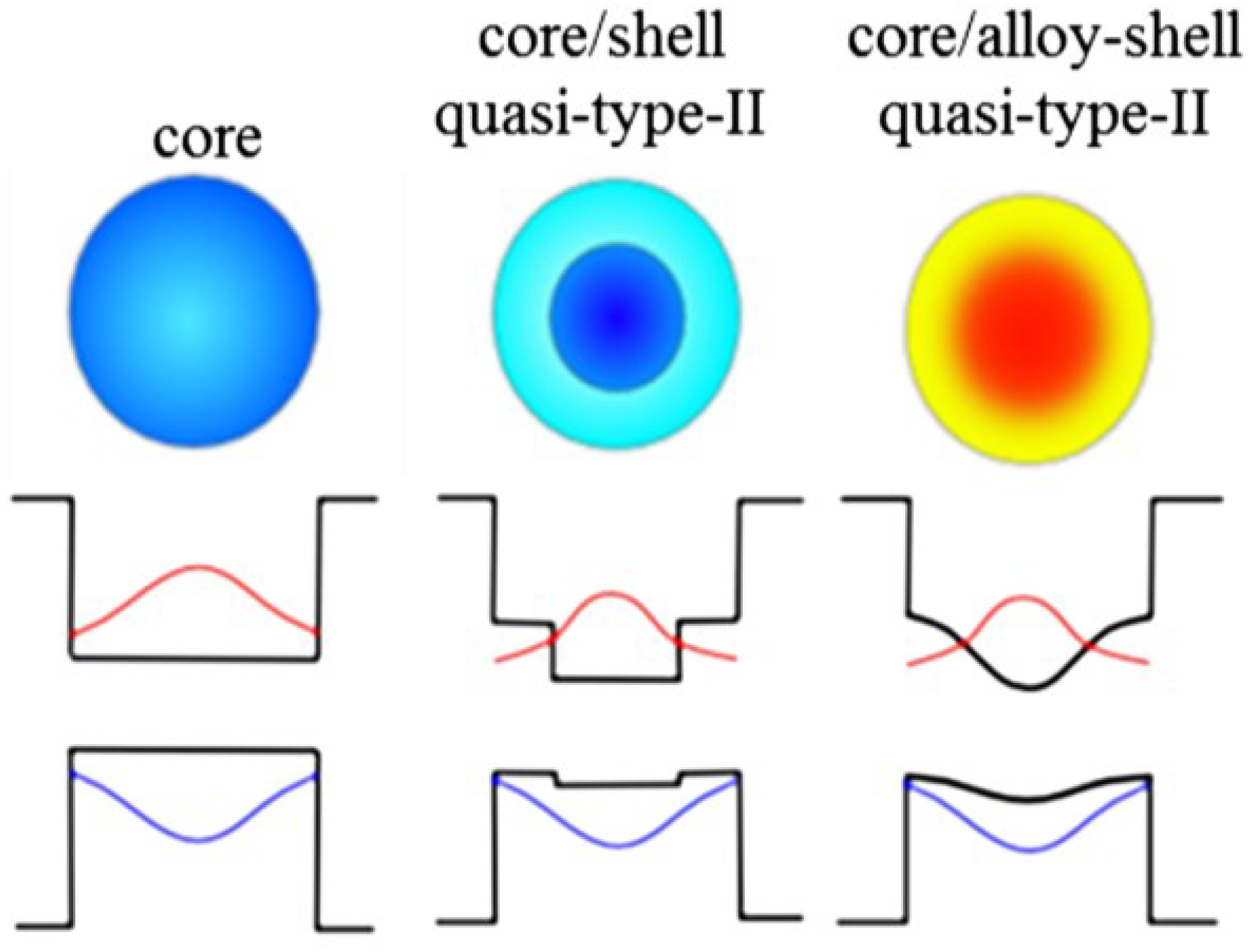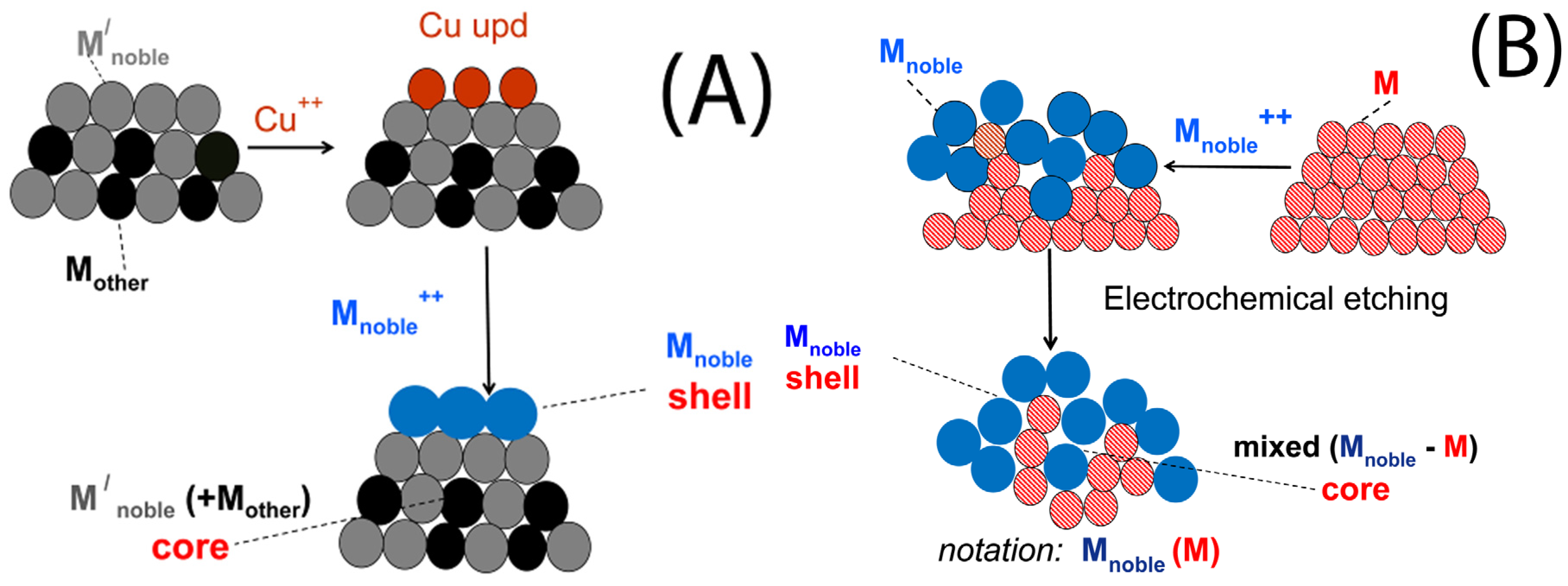
Finally, a core–shell coated powder (CaF 2O 3) with an outer layer of Al 2O 3 and a core of CaF 2 was prepared.

The dried CaF 3 coated powder was placed in a YFX5/13Q-YC box type electric resistance furnace and calcined at 1000 ☌. The CaF 3 coated powder was put into a vacuum drying oven (DZF-6050) for 12 h. The solution was centrifuged and washed to obtain the CaF 3 coated powder. At this time, the Al(OH) 3 colloid gradually coated the nano-CaF 2. Stirring was continued for 1 h in order to complete the reaction. H 2O was slowly dropped until the pH was adjusted to the setting value (7.5).When the solution was heated to 70 ☌, the NH 3 The mixed solution was subjected to mechanical stirring and ultrasonic dispersion so as to obtain a suspension of the desired solubility of the experiment. The Al(NO 3) 3♹H 2O, Polyethylene glycol (PEG, MW 6000), and nano-CaF 2 powders were mixed. Ī uniform thickness Al(OH) 3 coating layer was formed on the surface of the CaF 2 powder by controlling the Al 3+ concentration of the solution, the reaction time, the water bath temperature, and the pH of the solution after the reaction. The results show that the suitable sintering temperature of Al 2O 3–Ti(C,N)–cBN is 1400~1500 ☌. studied the effect of sintering temperature on the microstructure of Al 2O 3-Ti(C,N)-cBN cermet. showed that increasing the Ni and Co binder phase content can not only improve the solid solution reaction and the wetting of the hard phase, but also increase the thickness of the ring phase. The results show that the core thickness of the hard particles change when Ni is replaced by Co.

studied the effects of different proportions of rare metal cobalt contents on the microstructure of Ti(C,N)-based cermet materials. show that β-Co particles can optimize the microstructure of cermet and obtain excellent mechanical properties. showed that liquid Ni–Co has a good wettability between the hard phase and the bonded phase during high temperature sintering. studied the synthesis of fine pure Ti(C,N) powders using nano-TiN and C powders as raw materials. prepared a Ti(C 0.5N 0.5) powder with a particle size of less than 100 nm using the sol–gel method.

Relevant scholars have done a lot of research on improving the performance of cermet.


 0 kommentar(er)
0 kommentar(er)
